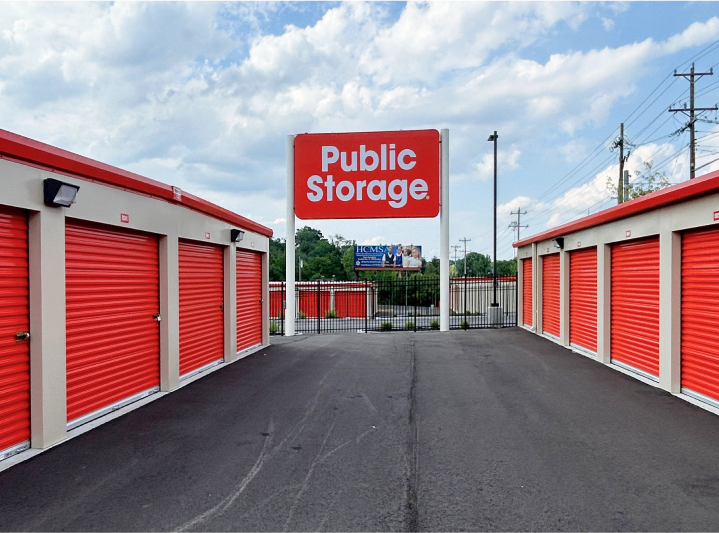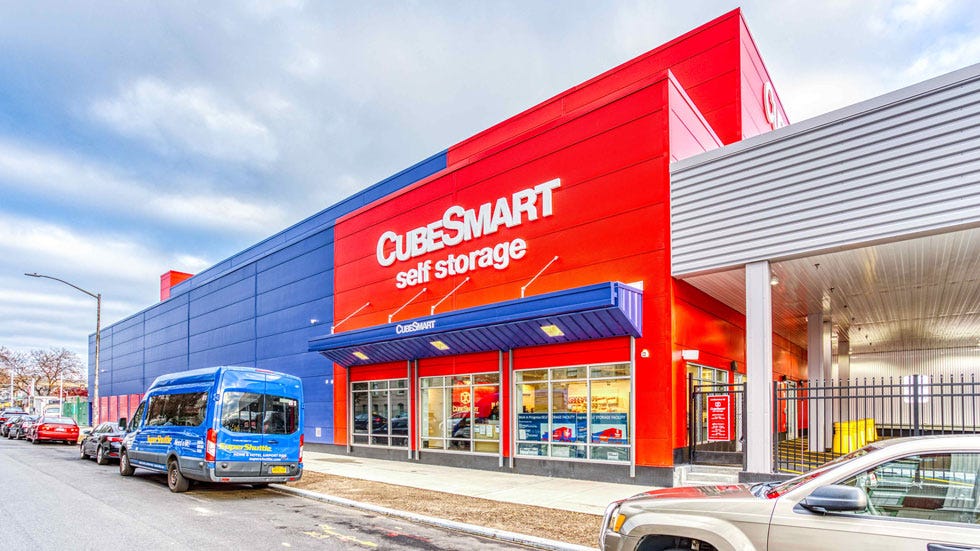TRADE ALERT - Core & International Portfolio November 2025
TRADE ALERT - Core & International Portfolio November 2025
I think that one of the most overlooked beneficiaries of the AI revolution is self-storage REITs, and there are three reasons why.
First, it is expected to lead to major job market disruption over the coming years, and this has historically been one of the strongest demand drivers for self-storage space.
As people lose their jobs, they often need to move elsewhere to find a new one, leading to demand for storage space. At the same time, some of these people may decide to downsize their residence to save money, creating additional need for storage space, and some of these businesses may need to store the extra stuff that’s no longer needed, at least temporarily.
And this is just now starting to happen on a large scale. Just consider the magnitude of these recent layoff announcements:
UPS: 48,000 employees
Amazon: Up to 30,000 employees
Intel: 24,000 employees
Nestle: 16,000 employees
Accenture: 11,000 employees
Ford: 11,000 employees
Novo Nordisk: 9,000 employees
Microsoft: 7,000 employees
PwC: 5,600 employees
Salesforce: 4,000 employees
Paramount: 2,000 employees
Target: 1,800 employees
Kroger: 1,000 employees
Applied Materials: 1,444 employees
Meta: 600 employees
(Source: The Kobeissi Letter)
Every time someone moves, demand for self-storage spikes. Therefore, if AI leads to job disruption, I would expect more demand for self-storage.
Second, AI is also making it easier than ever before for anyone to start a new small business. It is breaking barriers to entry in most industries, allowing even solo entrepreneurs to now compete with larger companies.
Just think of an e-commerce business, for example. Before AI, you had to invest considerable amounts of time, money, and effort just to get your website and ads ready. Now, you can have all of it ready in a few hours at barely any cost. The same applies to customer service, logistics, legal, accounting, etc. Everything is becoming a lot easier, cheaper, and faster thanks to AI.
This is happening right as a lot of bright and ambitious people will lose their jobs and likely struggle to find a new one, since most companies are now focused on streamlining their operations rather than expanding their workforce.
Therefore, I expect us to see a new boom in small business formation over the coming years, many of which will require self-storage space.
Finally, self-storage is one of the most management-intensive property sectors. Leases are short, tenant turnover is high, pricing models are complex, and online marketing strategies are crucial to secure tenants.
Therefore, I expect AI to have a much bigger positive impact on the management of self-storage than most other property sectors.
It has the potential to boost occupancy rates thanks to more powerful, highly personalized AI-powered marketing, all while also increasing average rates thanks to more sophisticated pricing models, and cutting down costs, resulting in higher margins and cash flow.
All in all, this could be a game-changer for the self-storage industry over the coming years.
Even then, no one seems to have considered this narrative just yet.
Everyone is focused on the current oversupply and the weak demand that’s caused by the housing unaffordability reducing mobility. It is leading to stagnating or even slightly declining cash flows for major self-storage REITs and has depressed their valuations to some of the lowest ever recovered.
(Quick side note: the proposed 50-year mortgage, subsidized by the government, and the anticipated rate cuts should greatly benefit housing affordability, leading to more transactions, mobility, and demand for self-storage over the coming years.)
But real estate is cycling.
The current demand/supply dynamics are poor, but we think that conditions will already be much stronger in a year or two from now.
New supply is dropping rapidly as developers have gotten hurt, and most new projects are not economically feasible anymore. At the same time, demand is expected to strongly recover due to the AI revolution leading to more mobility and small business formations. I also think that the anticipated rate cuts and the proposed 50-year mortgage will benefit housing affordability, leading to more transactions, mobility, and demand for self-storage over the coming years.
Therefore, now could be a great time to increase our exposure to self-storage REITs while we are still near the bottom of the cycle, expecting them to surprise the market to the upside over the coming years as growth accelerates and the narrative changes.
But which is the best opportunity right now?
Keep reading with a 7-day free trial
Subscribe to High Yield Landlord to keep reading this post and get 7 days of free access to the full post archives.






